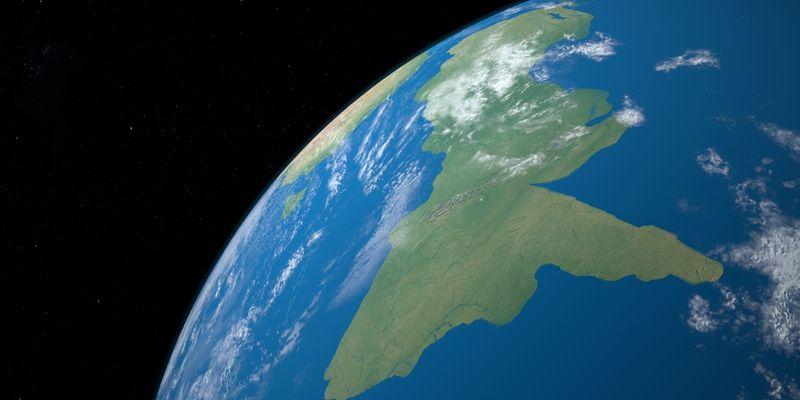Zealandia, the submerged continent, has been fully mapped revealing a volcanic region and a granite spine. Research continues to uncover the geological events that shaped the continent.
Zealandia has been around for a whopping 60 million years, having separated from the supercontinent Gondwana around that time. It’s also almost entirely submerged underwater and wasn’t officially recognized as a continent until 2017. But now it’s experiencing something of a renaissance – at least from a research perspective – becoming the first continent to be fully mapped and also revealing some new secrets.
Creating a complete map of a continent was already difficult before Zealandia officially became a thing; All of Earth’s continents have underwater shelves that are difficult to explore, meaning that geological maps on the planet’s surface are somewhat lacking. With 95 percent of Zealandia submerged, it’s pretty much the ultimate in difficulty.
Fortunately, this did not discourage researchers. Based on a paper published in 2019, an international team of scientists has successfully completed mapping the 5 million square kilometer (1.9 million square mile) continent.
“We believe Zealandia is the first of Earth’s continents to have its basement, sedimentary basins, and volcanic rocks fully mapped to the continent-ocean boundary,” the team wrote in a carta describing the mapping and findings.
Previous research has identified that Zealandia’s crust is thinner than the crust of most other continents, but the cause of the thinning process was unclear. Using magnetic detections, the new study uncovered a possible explosive cause – basaltic lava rocks indicated there was once a giant volcanic region.
This region is thought to have ignited between 100 and 60 million years ago, just as Zealandia broke away from Gondwana. “For this period of at least 40 million years, molten magma leaked from cracks and fissures as the continent stretched and thinned like pizza dough,” explained lead author Nick Mortimer in a declaration.
Co-author Wanda Stratford added: “Until now, the role of magma in the separation of Gondwana has been underestimated. We can now see that these lavas cover an area of 250,000 km2 [96.500 miglia quadrate] across the continent – about the size of New Zealand itself.”
Through dating and chemical analysis, the complete map also revealed a full picture of another key part of Zealandia’s history – its 4,000-kilometer (about 2,500-mile) long granite spine. Called the Median Batholith, the transcontinental granite belt is believed to be between 250 and 100 million years old.
As for the future of Zealandia, Mortimer has some ideas. “Although the continent is the first to be fully mapped down to its underwater fringes, much remains to be explored and discovered. Not just what is where, but when, how and why the major geological events that shaped our continent occurred.”
The study was published on Tectonica.
